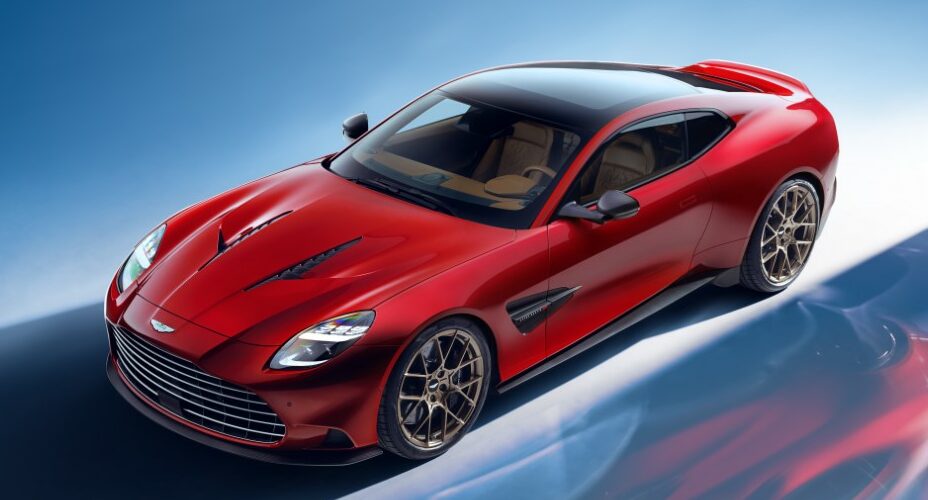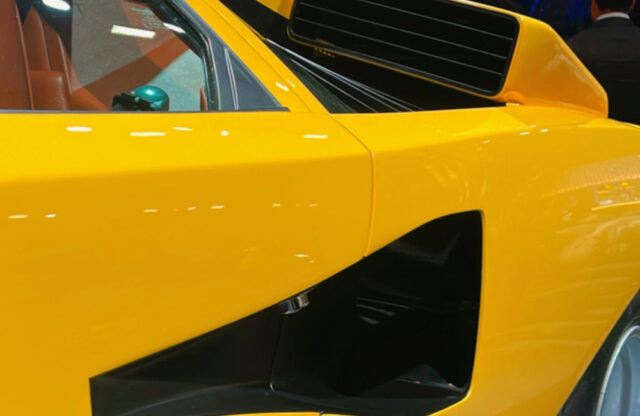Aston Martin has revived the Vanquish as its new flagship GT car after a six-year hiatus. The Vanquish nameplate first debuted back in 2001, subsequently took a starring role in the 007 movie Die Another Day and later informed the styling of models such as the DB9 and Vantage.
The most headline-grabbing aspect of the new Vanquish is its 5.2-litre twin-turbocharged V12 engine that develops a staggering 824bhp and 728lb ft of torque without hybrid assistance. This makes the Vanquish the most powerful non-hybrid Aston Martin road car ever built, positioning it as a natural rival to the 819bhp Ferrari 12Cilindri, which debuted in May.
“It was inconceivable that a new Aston Martin flagship should be powered by anything other than a state-of-the-art V12,” asserted Aston’s chief technical officer Roberto Fedeli. “As such, the Vanquish makes an emphatic statement, with its abundant power and prestige surpassed only by the passion and skill poured into its creation.”
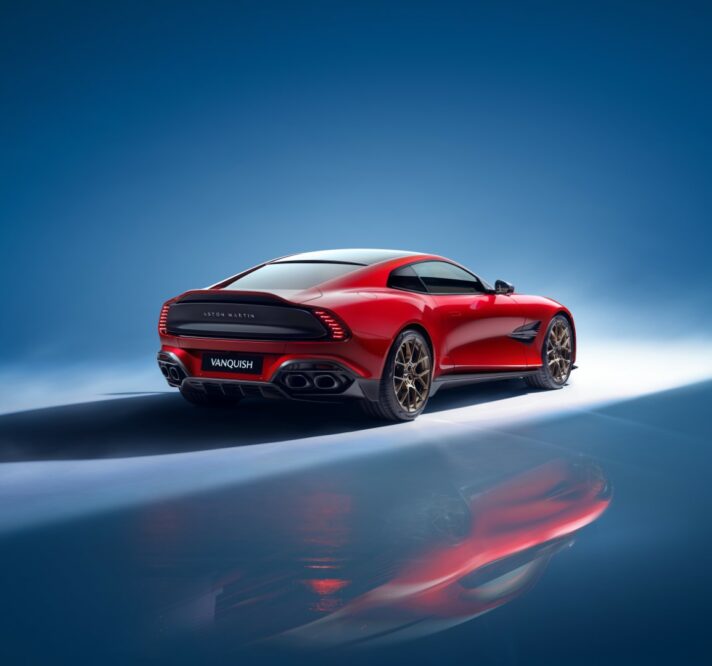
It was inconceivable that a new Aston Martin flagship should be powered by anything other than a state-of-the-art V12
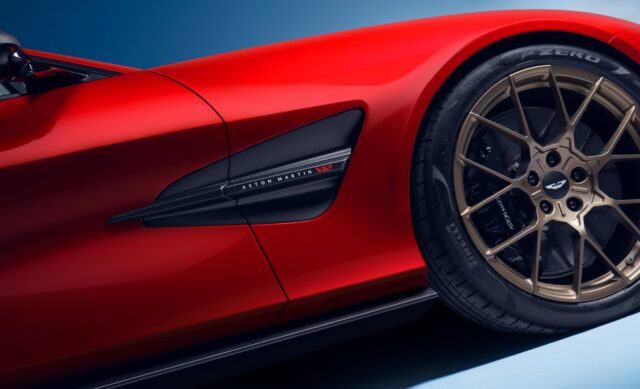
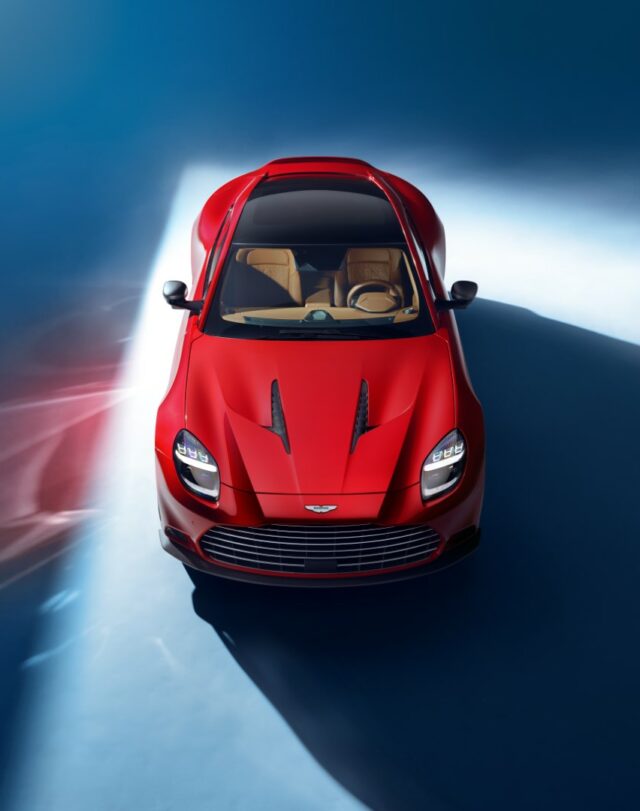
For years, the new Vanquish was anticipated to be a two-seater, mid-engined V8 derivative of the Valkyrie hypercar. However, Aston Martin says that “customer desires” led it to embrace the nameplate’s traditional V12 grand-tourer philosophy instead.
The flipside to this decision, however, is the fact that the Vanquish will be more exclusive and expensive than ever before, with production limited to a mere 1000 examples per year at a price of £333,000 each. This is likely due to fleet emissions regulations, and it brings the Vanquish in line with V12-powered halo models from the likes of Ferrari and Lamborghini.
The 5.2-litre twin-turbocharged engine is effectively a heavily updated version of the 759bhp V12 that powered the DBS 770 Ultimate launched in 2023. The Vanquish-spec engine upgrades include a reinforced block and connecting rods, redesigned cylinder heads and camshafts, and new turbochargers.
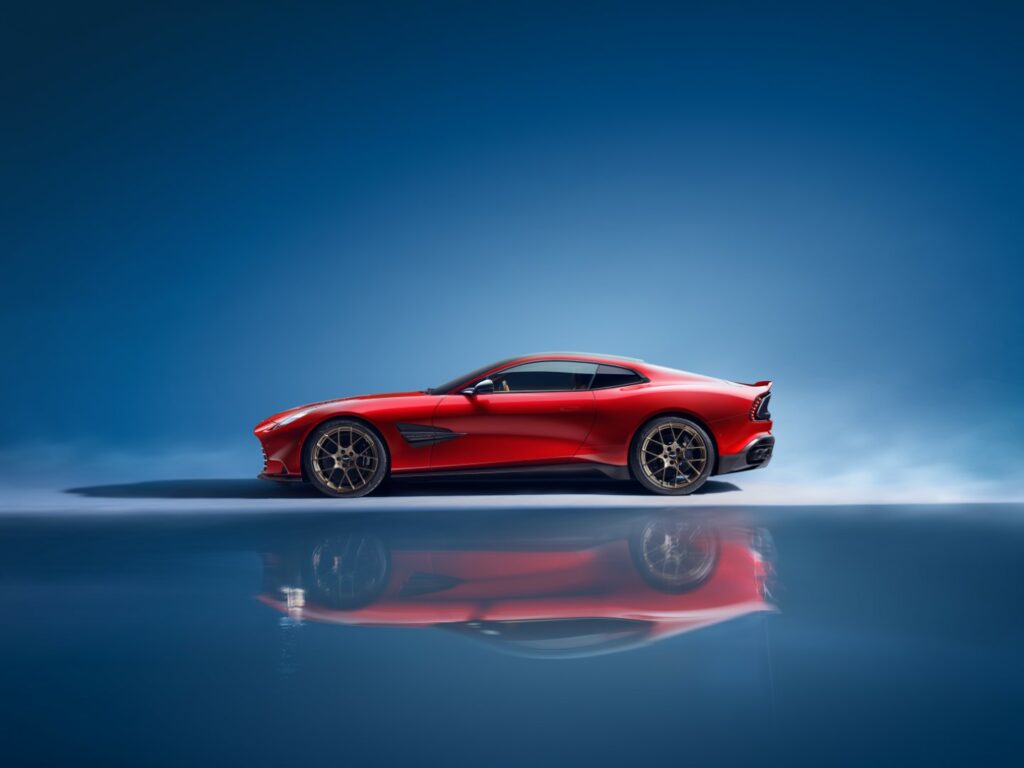
With combustion charges that are 15 percent higher than those of the DBS engine, the Vanquish delivers a level of performance that has never been seen before in a series-production Aston Martin: 0-62mph in 3.3 seconds and a top speed of 214mph – similar to the limited-production One-77 hypercar’s. The V12 howl is likely to be stifled somewhat by the mandatory inclusion of particulate filters, but those wishing for the most aural drama can opt for a racier titanium exhaust system.
As well as creating bigger combustion charges, the new, low-inertia turbochargers also feature what Aston Martin calls a “Boost Reserve” system. In layman’s terms, this allows excess boost pressure to build under partial throttle by electronically controlling the positions of the throttle plate and wastegate. Then, when the driver plants the accelerator pedal, the stored boost pressure delivers an immediate response and rapid acceleration.
The engine’s power is transmitted to the rear wheels through a carbon propshaft connected to an eight-speed automatic ZF transmission, paired with an electronic limited-slip differential (e-diff). The e-diff features six accelerometers and is integrated into the car’s electronic stability-control system. First seen in the DB12, the cutting-edge differential can transition from fully open to 100 percent locked in just 135 milliseconds.
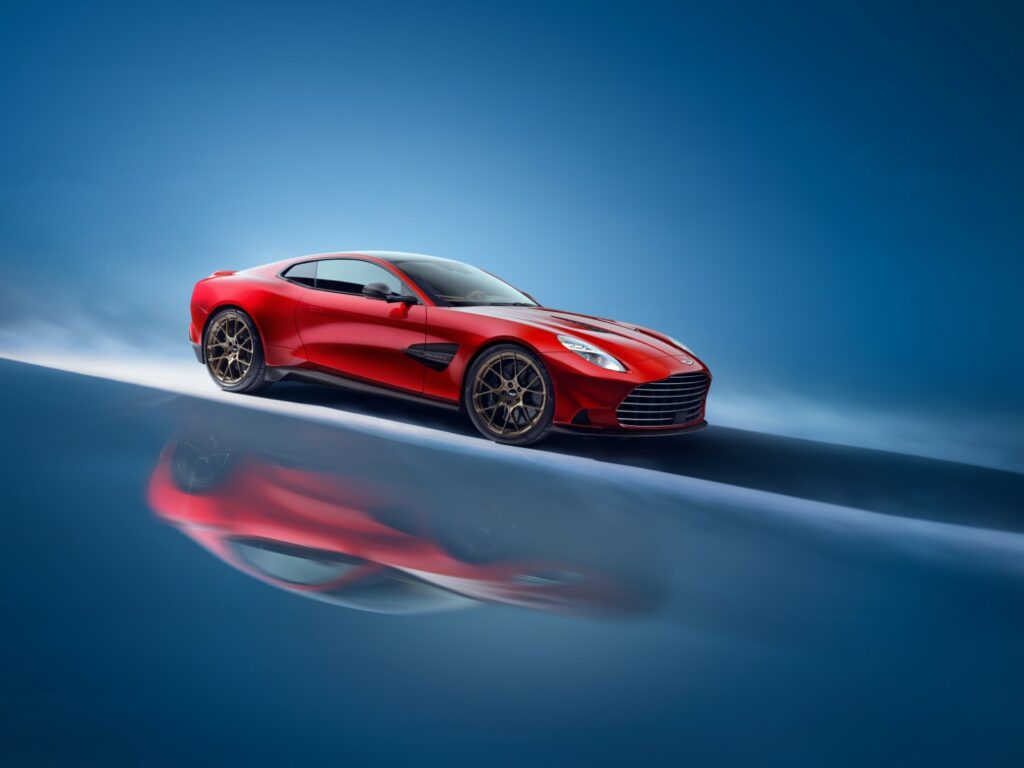
Aston Martin engineers have worked hard to ensure the Vanquish’s chassis is just as capable as the powertrain. The new model shares the same bonded-aluminium platform that underpins the DB12 and Vantage. Additional underbody strengthening has yielded a 75 percent increase in lateral rigidity compared with the DBS 770 Ultimate, and the suspension mounting points have been reinforced with an engine cross brace, undertray and front crossmember, as well as a thicker rear undertray to enhance the stiffness of the subframe.
The suspension layout is double-wishbone at the front and multi-link at the rear, with Bilstein DTX adaptive dampers at each corner. Complementing the suspension architecture is thicker anti-roll bars, carbon-ceramic brakes and a steering rack that takes just 2.27 turns lock to lock. Grip is provided by bespoke Pirelli P-Zero rubber that’s wrapped around 21-inch forged-alloy wheels.
While emphasising dynamic performance, Aston Martin remains true to the Vanquish’s core identity as a grand tourer. Balancing the effortless speed, comfort and refinement of a GT with the engagement of a supercar is a mean feat.
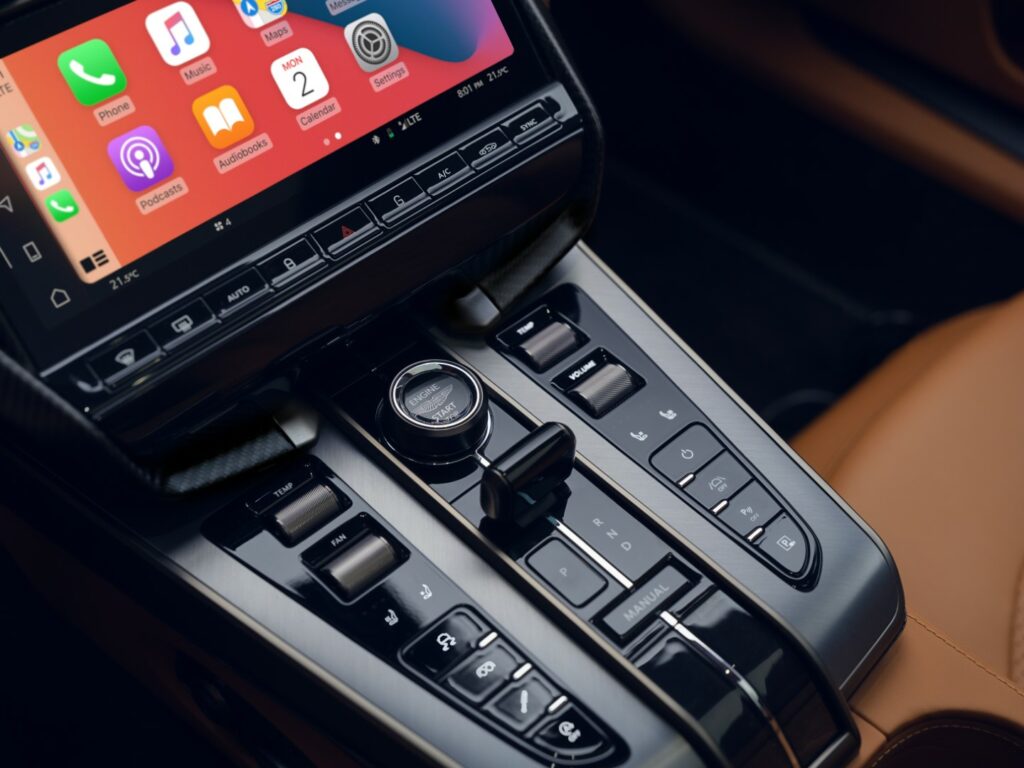
The driver can fully explore the car’s capabilities through a selection of drive modes – GT, Sport, Sport+ and Individual – and ESP settings: On, Wet, Track and Off. Cycling through each of these drive modes and ESP settings alters the calibrations of various electronic systems such as Brake Slip Control, Positive Torque Control, Integrated Vehicle Dynamics Estimation and Integrated Vehicle Control.
Bringing it all together is sleek carbonfibre bodywork, with only the front and rear bumpers deviating from this lightweight material. This means the new Vanquish tips the scales at 1774kg (dry) – which is only a touch heavier than the previous model (1739kg). The car also boasts a near-perfect 51:49 weight distribution.
Classic Aston Martin styling defines the silhouette, featuring a long bonnet and Kamm tail rear that emphasise the front-engined layout. The frontal styling resembles the DB12’s, albeit with new outer bumper vents that aid brake cooling, intricate LED headlights and a grille that boasts a 13 percent-larger surface area than the DBS 770 Ultimate’s.
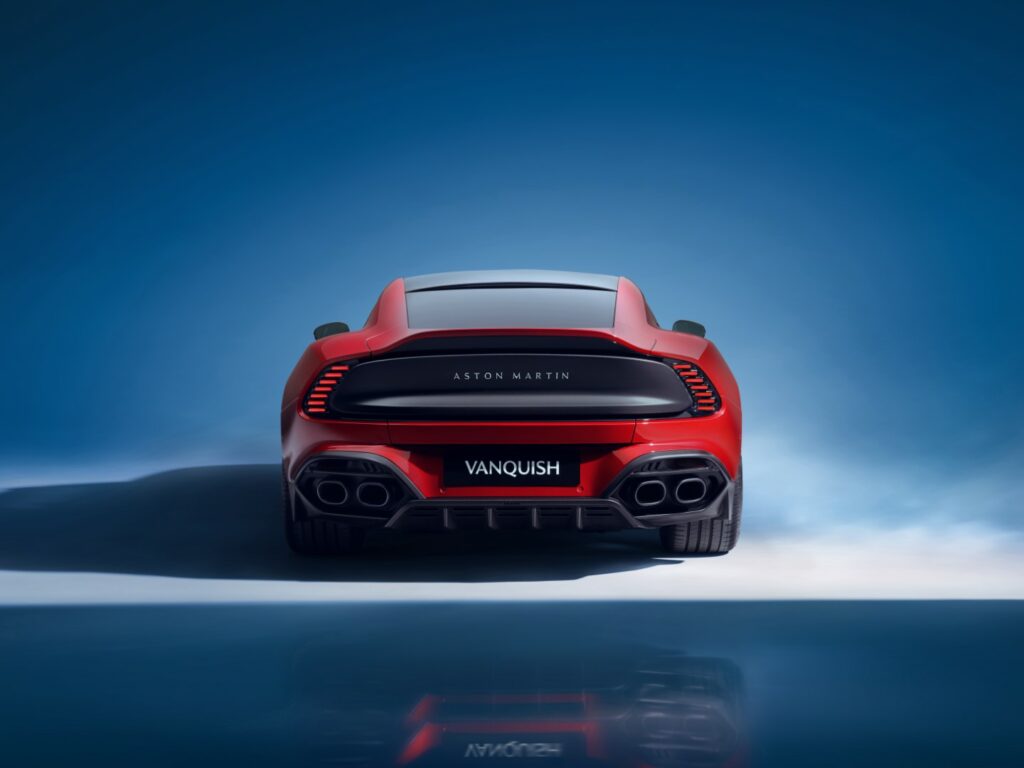
The lollipop-stick rear light signature, meanwhile, is reminiscent of those of the Vulcan and Valkyrie hypercars and a departure from the more swoopy motif typically seen in series-production models. Above the tail-lights is an integrated ducktail spoiler that works alongside a full-width rear diffuser to generate downforce and aid high-speed stability.
Aston Martin has extended the Vanquish’s wheelbase by 80mm, yet the car abandons the traditional 2+2 interior layout found in previous generations, replacing the rear seats with a space for a fitted luggage compartment. Happily, the leather-clad cabin has received the same uptick in quality and comfort as the DB12 and current Vantage. All key driver controls are mounted on the centre console, which has been lowered into a more horizontal plane to make the interior feel more airy and spacious.
Above the centre console is a large, 10.25-inch touchscreen that’s used to control Aston’s next-generation infotainment system as well as climate control and vehicle settings. Refreshingly, these functions can also be controlled via traditional buttons and tactile rotary dials made from solid metal. A panoramic glass roof is fitted as standard, but a lighter carbonfibre roof is available as an option.
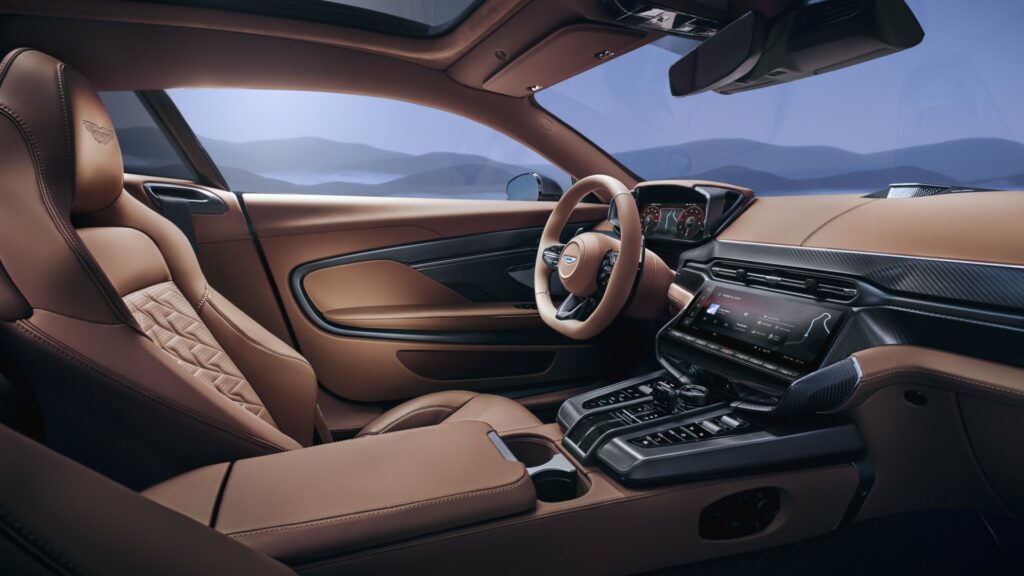
Build slots for the new Aston Martin Vanquish are available now, and first deliveries are expected in the final quarter of 2024. For more information, click here.

